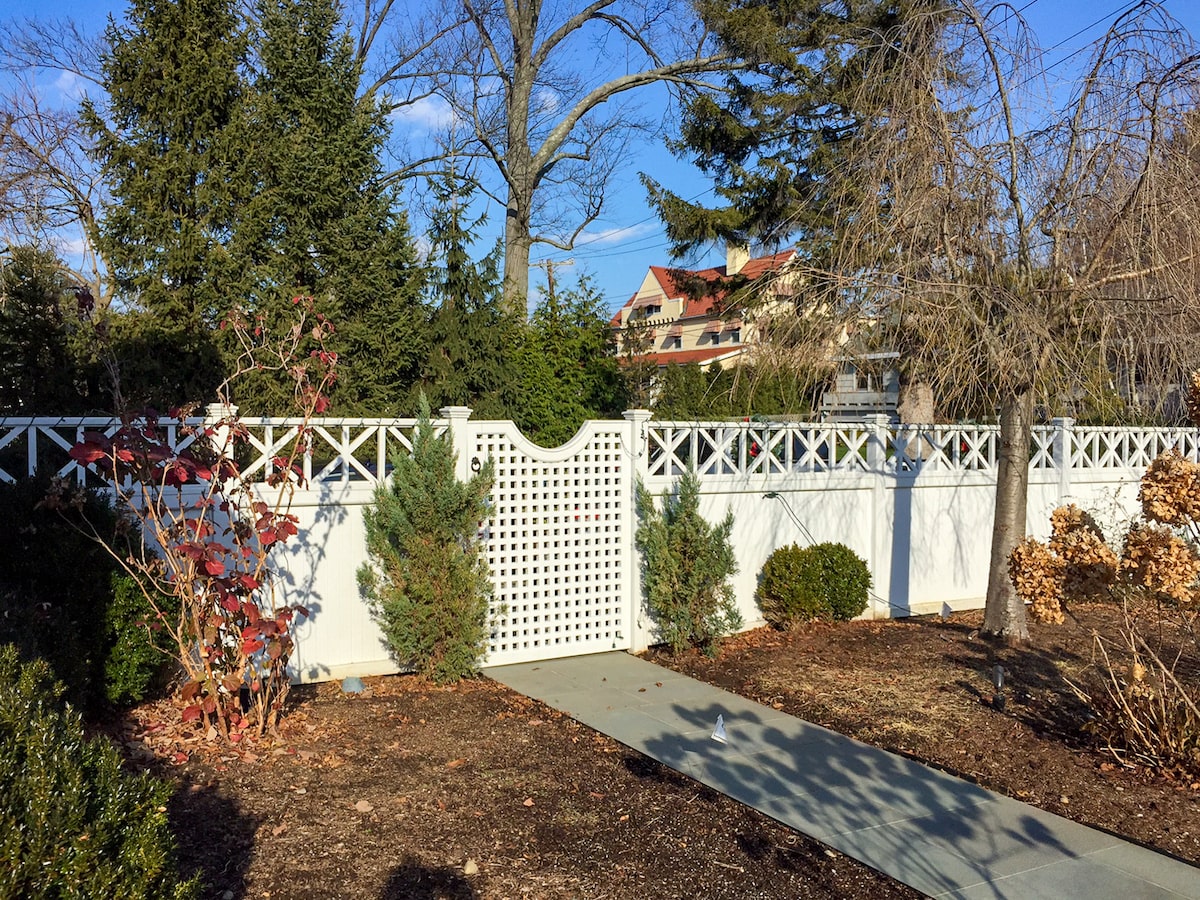All Categories
Featured

As sustainability ends up being a top priority for house owners and companies alike, the demand for environment-friendly products, including fencing products, has climbed. Conventional fence options such as timber, steel, and vinyl can have adverse environmental impacts, but there are currently numerous eco-conscious alternatives to consider. Choosing green fencing materials not just aids minimize your carbon footprint but likewise contributes to a more lasting and all-natural environment.
- Bamboo Fencing. Bamboo is one of the most green fencing choices offered. Unlike traditional woods, bamboo can be gathered in a couple of years and regrows quickly, making it a sustainable selection for fencing.
Perks: Bamboo is fast-growing, light-weight, and lasting. It needs less plant foods and chemicals compared to other plants, making it a low-maintenance option. Considerations: While bamboo is long lasting, it may need regular upkeep to shield it from weathering and all-natural wear. It can additionally be at risk to splitting in chillier climates. 2. Recycled Products. Fences made from recycled products are coming to be progressively prominent as an environmentally friendly choice. These fencings are made from post-consumer plastic, reclaimed wood, and other recycled products, maintaining waste out of land fills. Using recycled materials minimizes the demand for brand-new raw resources, reducing ecological destruction.

Perks: These fencings help in reducing waste and preserve natural deposits. They are additionally usually low-maintenance and long-lasting. Considerations: While recycled fencings can be sturdy, the aesthetics may not constantly match conventional secure fencing alternatives. Several layouts are currently available that resemble the appearance of timber or stone. 3. Compound Fencing. Compound fencing is made from a combination of recycled wood fibers and plastic, offering the look of timber without the environmental effect. Lots of composite fences are made from recycled content, more improving their green condition. These fences are long-lasting, need minimal upkeep, and do not need to be treated with harmful chemicals like conventional wood fencings.
Advantages: Compound fencings are sturdy, resistant to rot, and require little upkeep. They also supply a comparable visual to wood without logging concerns. Considerations: While they are low-maintenance, composite fencings might be a lot more expensive than conventional wood or vinyl choices. The production procedure can also be energy-intensive. 4. Cedar and Redwood Secure Fencing. Cedar and redwood are natural wood products that are frequently taken into consideration a lot more environmentally friendly compared to various other woods. These kinds of timber are naturally resistant to degeneration, bugs, and moisture, which minimizes the requirement for chemical therapies. In addition, these trees are grown in lasting forests, guaranteeing that they are collected responsibly.
Conveniences: Cedar and redwood are both long lasting and normally beautiful products. They provide natural resistance to pests and rot, which aids lower the requirement for chemical treatments. Considerations: These timbers can be extra pricey than various other options. They additionally call for occasional maintenance, such as discoloring or sealing, to ensure long life. 5. Living Fencings (Hedges and Bushes) Living fences, made from trees, hedges, or hedges, are an environment-friendly option that likewise provides all-natural personal privacy and aesthetic appeal. Plants such as privet, boxwood, bamboo, and arborvitae are frequently utilized for producing dense, eco-friendly fencings. These living obstacles assist with noise reduction, boost air high quality, and give habitat for neighborhood wild animals.
Benefits: Living fences advertise biodiversity, boost air quality, and boost the visual appeal of your building. They also take in co2 and add to a greener atmosphere. Considerations: Living fences need maintenance, such as trimming and watering, to ensure they expand effectively. They may not give the very same level of safety as standard secure fencing materials. 6. Rock and Reclaimed Brick Fencing. Stone and redeemed brick fencings are an additional green option. These products are sturdy, call for very little maintenance, and have a long lifespan. When redeemed from old buildings or structures, they help in reducing the demand for brand-new materials and avoid waste from going into land fills.
Conveniences: Stone and brick are resilient, weather-resistant, and offer a timeless, classic visual. Recovered products also have a minimal environmental footprint. Considerations: The installment of stone and block fencings can be labor-intensive, and the products may be more costly than other alternatives. However, the long-lasting sturdiness and low maintenance expenses can make them a rewarding financial investment. Conclusion. Picking an environment-friendly fencing material is a wise way to minimize your ecological effect while enhancing your property's privacy and aesthetic appeal. Bamboo, recycled materials, composite fencing, and living fences all supply sustainable alternatives that lower waste, save resources, and advertise a greener way of life.
By picking one of these eco-friendly fence options, you add to the protection of the setting while creating a gorgeous, functional outdoor space. The right material will depend upon your preferences, climate, and the degree of upkeep you're eager to supply, however felt confident that there are various eco-conscious selections that line up with your lasting lifestyle.
Latest Posts
Explore Exclusive Auto Repair Offers in Chicago at Montclare Auto Repair
Published May 26, 25
1 min read
Discover Save Big on Car Maintenance with Montclare Auto Repair’s Limited-Time Deals
Published May 26, 25
1 min read
How to Know When Your Car Needs Expert Vehicle Service at Montclare Auto Repair
Published May 25, 25
1 min read
More
Latest Posts
Explore Exclusive Auto Repair Offers in Chicago at Montclare Auto Repair
Published May 26, 25
1 min read
Discover Save Big on Car Maintenance with Montclare Auto Repair’s Limited-Time Deals
Published May 26, 25
1 min read
How to Know When Your Car Needs Expert Vehicle Service at Montclare Auto Repair
Published May 25, 25
1 min read